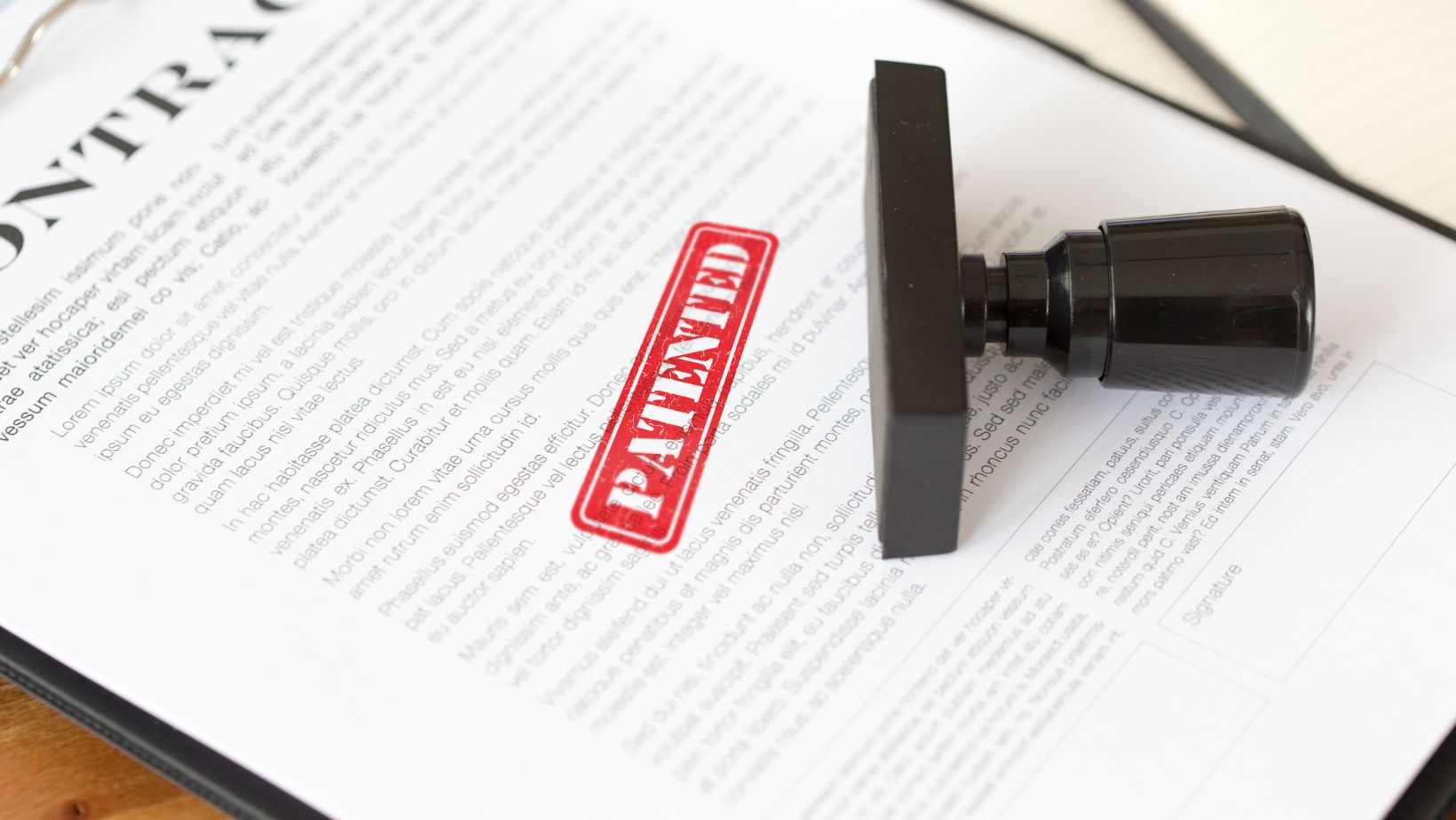
Is There a Statute of Limitations on Patent Infringement?
Does your business have a patent that another company has infringed upon? Or are you being blamed for stealing someone else’s idea or product? In either case, you may be wondering how long you have to take legal action.
I myself have been co-counsel on a patent-infringement case having to do with a piece of technology (a parking app, to be precise). That said, it’s important to state: Handling a patent issue is something that should be done by someone admitted to the patent bar. So, if pursuing a patent case, make sure you have a patent attorney on board first.
While I am not a patent attorney myself, there is some readily available information that patent attorneys will commonly share with potential clients. This includes crucial information on the statute of limitations for patent infringement cases—and the timeframe you actually have for bringing forward a case.
The Ins and Outs of Patent Infringement
Patents are issued by the U.S. government to protect the invention or technology of an individual or business. When someone legally obtains a patent, they have the right to “exclude others from making, using, offering for sale, or selling the invention throughout the United States or importing the invention into the United States” (35 U.S.C. §154)—at least for a set period of time.
Two types of patents offer intellectual property protection. Design patents cover an object’s design or unique appearance, and last for 15 years. Utility patents cover unique machines, processes, or chemicals. These patents last for 20 years.
An invention does not need to be completed in order to be protected. During the process of making it, inventors can apply for a provisional patent for one year, which means it’s in the “patent pending” phase. This gives developers time to refine details and determine if there is a market for their product while letting others know that their idea is in the works and that it can’t be copied.
After the provisional patent has expired, the owner can either move on with their invention and file for a non-provisional (permanent) patent or allow it to lapse altogether. After that time, competitors can file for a patent using that same idea.
What is Patent Infringement?
Patent infringement happens when someone copies a patented idea to create a product without the patent holder’s permission. “Stealing from” a patented product can happen in a number of ways:
Direct Infringement
Producing, using, selling or attempting to sell, or importing a patented item without first obtaining a license from the patent holder.
Indirect Infringement
Infringing on a patent, but doing so only after another company or individual has done so. For instance, if another business copies a patented product, and you distribute their product, you could be sued for patent infringement.
Contributory Infringement
When an individual or company purchases or imports a part that goes into creating a product that’s already patented by someone else.
Willful Infringement
When someone shows blatant disregard for the patent. For example, if someone else’s patented product is found within your business where you are making a similar product, you are willfully violating their patent.
Induced Infringement
Aiding another infringer by providing parts or assisting in the manufacturing of the patented item.
Not all cases of patent infringement call for legal help. Sometimes, a patent holder who is aware of someone using their product can inform the offending party and ask them to stop. If that doesn’t work, it may require business litigation where a patent attorney steps in.
The Statute of Limitations on Patent Infringement
In the United States, the statute of limitations for patent infringement is six years. This means from the time a person who has a patent learns that someone is using their idea, they have six years to file a lawsuit. Each year, about 5,000 patent infringement cases are filed, and 97% of them are settled outside of court.
After six years have passed, the patent holder cannot take legal action or collect financial damages. This is why it’s so important to contact a patent attorney as soon as one knows their idea is being stolen (unless they’ve successfully asked the accused to stop).
Defenses to Patent Infringement
From what other patent attorneys have confided in me, there is a range of cases of patent infringement, with different sorts of difficulties involved. In some cases, proving someone is using a patented idea is easy. But in more difficult situations, a lawyer must carefully formulate a plan to defend the accused. These means that there is no simple “cookie cutter” defense to be had.
However, some common defenses a lawyer might use in patent infringement cases are:
Non-Infringement
In simple terms, the product or process in question is not the same as the patented one.

Image by Bill Oxford from Getty Images Signature by Canva.com
Invalidity
The patent is invalid and should have never been approved, because another invention like it already existed prior to the patent, or it provides an obvious solution to a simple problem.
Inequitable Conduct
The patent owner misled the examiner, withheld important information, or was dishonest. This defense also aims to prove the patent is not valid.
First Sale Doctrine
The person accused of infringement is reselling an item that was legally sold to them.
Licensing
The patent holder granted permission for the accused to use the patent, and that person used the invention in compliance with that permission.
Estoppel
One of two forms of this defense may be used. File Wrapper Estoppel claims the inventor waived rights or admitted to limitations of rights in their patent application. Equitable Estoppel means the patent holder led the accused to believe the patent would not be enforced and allowed them to continue with the project.
Experimental Use
A patented invention can sometimes be used if related to the development of information. This exception is often granted to universities in their research.
Protecting Yourself From Patent Infringement
The easiest way to avoid being charged with taking someone else’s invention is to research existing patents before beginning production. The Patent Public Search Tool on the U.S. Patent Office’s website (USPTO) lists products that are already patented. If a developer finds a similar invention listed but is unclear whether further development of the product would lead to patent infringement, an intellectual property attorney can identify the risks.
Being found guilty of patent infringement can come with millions of dollars in fines, plus any accrued royalties. It is well worth the investment of hiring an attorney to avoid those costs.
On the flip side, if a business or product knows of someone who has violated their patent, they must take legal action immediately. Under the statute of limitations for patent infringement, there are six years to file a lawsuit. Waiting any longer could mean watching someone else profit from years of the originator’s hard work. A successful lawsuit will not only stop the infringement but could result in significant financial compensation.
To Patent Infringement Attorneys: It Pays to Have Someone Who Knows Business
Patent cases need to be handled primarily by an attorney admitted to the patent bar, of course. But these cases can get complicated, and it helps to have co-counsel with someone who understands the business contexts of these kinds of cases. This is especially true when technology is involved.
At our firm, we have extensive experience with business litigation, as well as with contract negotiation and corporate transactions. This means that we can put a patent infringement case within its broader context—for example, if a patent is in dispute after a merger, or as part of an employment contract.
So, if you are a patent attorney seeking co-counsel for a business case of patent infringement, we would be happy to help—just reach out.
Latest Posts
The Impact of SCOTUS Decision in Connelly v. United States on Buy-Sell and Estate Taxes
If you’re a business owner who’s ever set up a buy-sell agreement or taken out life insurance to help fund one, the recent U.S. Supreme Court decision in...
Understanding the Annual Gift Tax Exclusion in 2025
This article is a "plain English" draft of an article for the Bar Association of Metropolitan St. Louis. Please reach out if you would like the full...
